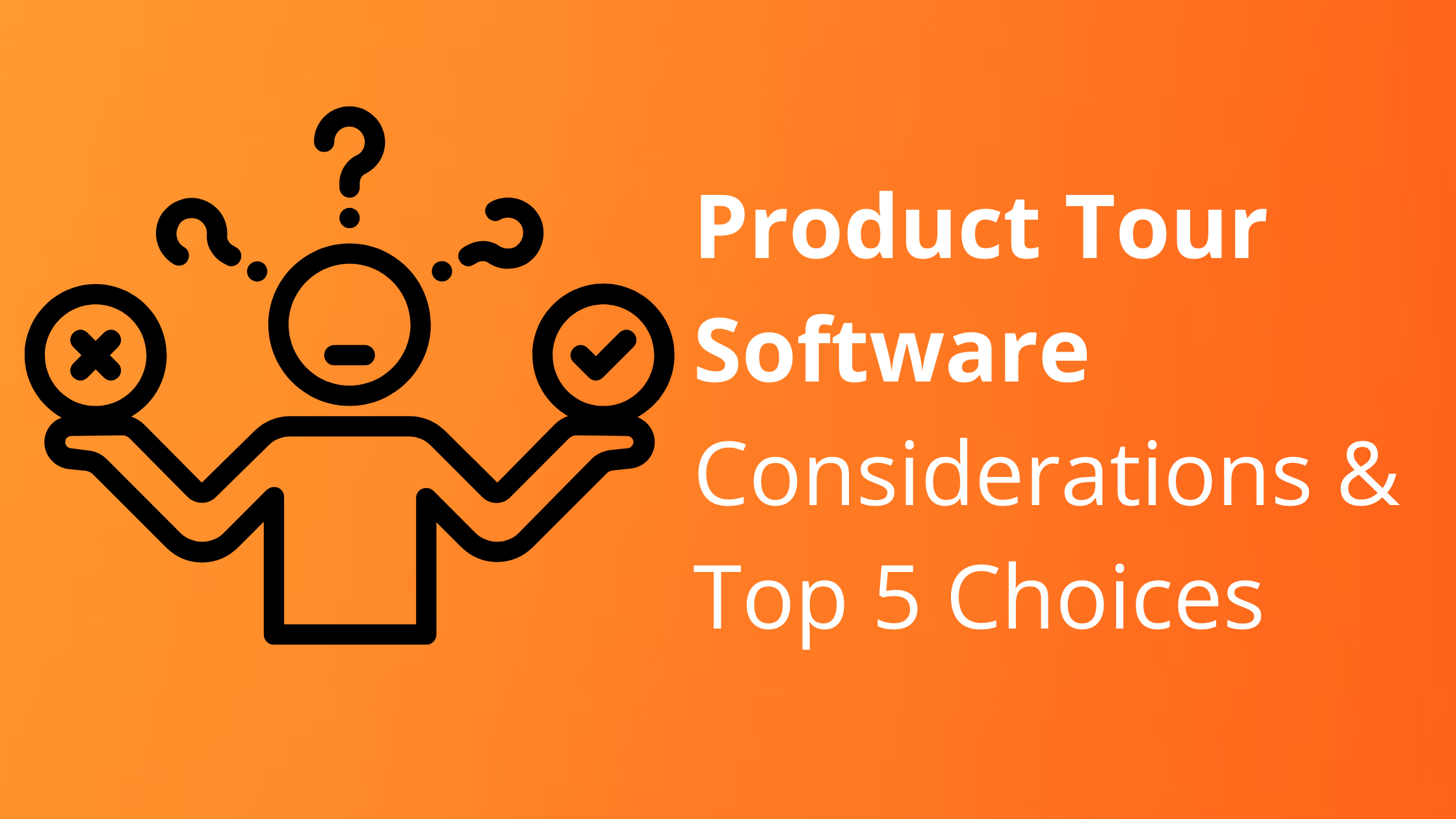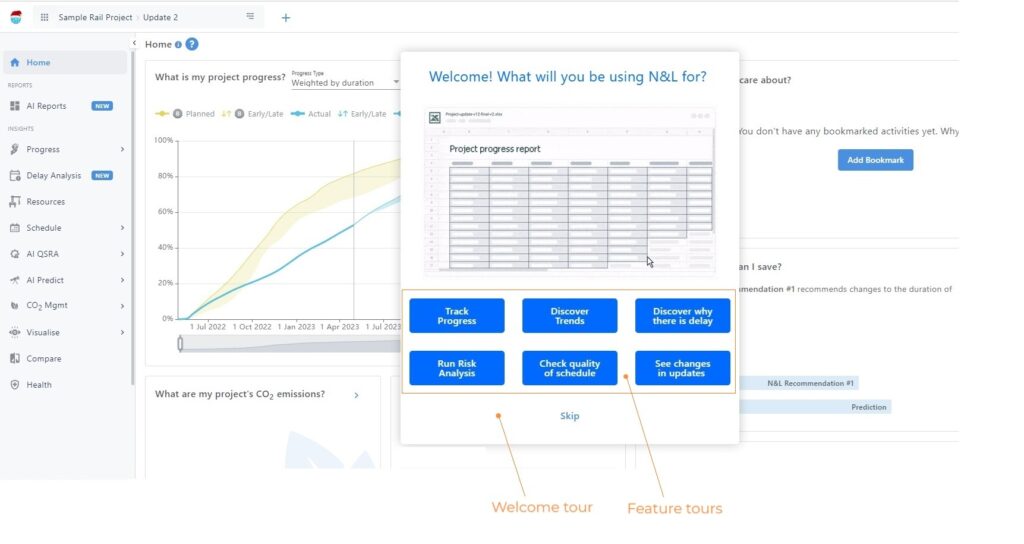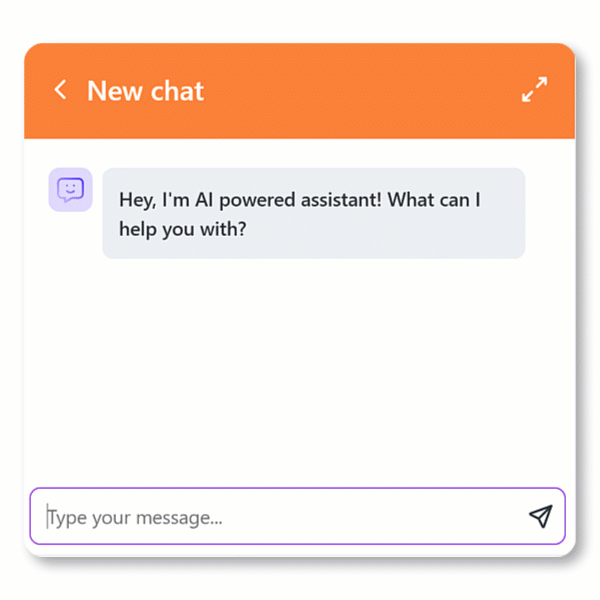
A Digital Adoption Platform (DAP) is an enterprise software layer that sits atop digital applications—be it web interfaces, SaaS tools, or internal platforms – to guide and assist users via in-app, contextual support. This article covers definition of what Digital Adoption Platform (DAP) is, where it originated and what are its main use cases.
A DAP is an overlay that sits on top of software (SaaS, web apps, portals, intranets) to guide users with in-app walkthroughs, tooltips, self-help, and analytics, helping them adopt tools faster and more effectively.
Origins & evolution:
Current DAP Capabilities (2025):
Why it matters:
DAPs reduce onboarding friction, training costs, and churn; improve satisfaction; enforce compliance; and maximize ROI from digital investments—becoming a cornerstone of modern digital transformation.

The core components of Digital Adption Platform are well described in Wikipedia definition:
“A digital adoption platform is an interface between users and a digital application. A DAP provides automated in-app user guidance with the help of interactive walkthroughs, step-by-step overlays, self-help menus, and contextual information as the user navigates through the application. DAP captures user engagement and workflow information on the backend, which can then be accessed by the organization using analytics.“
DAPs are designed to automate and streamline onboarding, reduce training friction, elevate user engagement, and ultimately maximize ROI on digital investments. In 2024 Gartner predicted that “By 2025 70% of organizations will use digital adoption platforms across the entire technology stack to overcome still insufficient application user experiences.”
If you would like to learn more about Digital Adoption Platform / DAP benefits, read next article in this series.
The concept of DAPs traces back to the early 1990s with Electronic Performance Support Systems (EPSS) – desktop tools aimed at providing context-sensitive help within complex software or technical environments like ERP and banking systems, or as SW guidance for machinery servicing. These systems were among the first to embed guidance directly within workflows

With the rise of web-based and SaaS platforms in the early 2010s, a new generation of adoption tools emerged – namely, Digital Adoption Platforms. The Israeli-founded WalkMe (founded 2011, product launched 2012) stood out as the first widely adopted DAP. WalkMe brought no-code guidance, tooltips, step-by-step overlays, and embedded analytics to web apps.
Other platforms then followed: Pendo, Lemon Learning, or us – Product Fruits and others entered the market during late 2010s and early 2020s, expanding multilingual support, easier deployment, and enhanced usage tracking as well as bringing in AI powered features.
Classic DAPs are largely static – predefined walkthroughs or tours triggered at specific junctures. Over time, solutions have become more dynamic and personalized, reacting to real-time user behavior to offer contextual and intuitive guidance as well as extended in-app feedback and support features.
Modern platforms embed analytics deeply: tracking session paths, identifying drop‑off points, and enabling organizations to refine workflows and the user experience based on real behavior data or immediate feedback.
The most significant evolution: AI integration. Gartner notes that DAPs are evolving from static guidance tools into adaptive systems powered by intelligent assistance. These include features like predictive support, natural-language query handling, and proactive guidance as for example Newired notes.
Beyond reactive help, modern DAPs have evolved into three types:
In 2025, top-tier digital adoption platforms embody the following advanced features:

Digital Adoption Platforms have come a long way – from rudimentary EPSS overlays to today’s dynamic, AI-powered systems. Modern DAPs are central to effective digital transformation, enabling organizations to deploy complex tools confidently, onboard users efficiently, and continuously optimize workflows with intelligent assistance and real-time insight.
The new AI features automate many back-end activities, analytics and growing number of features on the front end – from AI self-help and support assistants to on-demand tour activation to on-the-fly tour composition and support flow orchestration. These allow you to cover not just onboarding phase, but entire lifecycle of your customers and SaaS products.